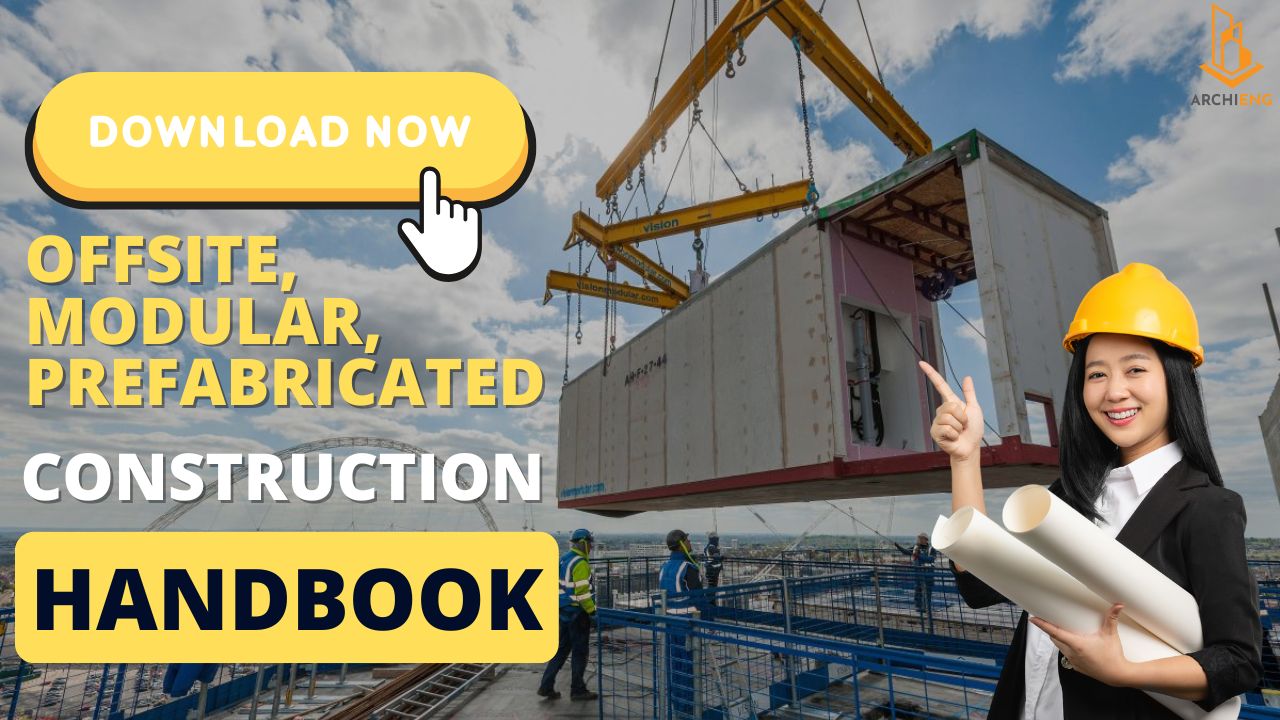Seismic Restraints in Joinery, with a Focus on Built-In Bookshelves

With over two decades of experience in engineering design consultancy, we've witnessed the profound impact that seismic events can have on buildings and their occupants. In this article, we'll explore the significance of seismic restraints, particularly concerning joinery elements such as built-in bookshelves. We'll also delve into strategies for achieving compliance with AS1170.4, the Australian Standard for Earthquake Actions.
Understanding the Importance of Seismic Restraints:
Seismic restraints are essential components in ensuring the stability and safety of structures during earthquakes. While the primary focus often lies on major structural elements, it's crucial not to overlook the importance of securing non-structural elements, including joinery features like built-in bookshelves. These elements, if not properly restrained, can become hazardous projectiles during seismic events, posing a threat to occupants and causing damage to property. For example, joinery with very heavy loads, such as double height bookshelves.

Built-In Bookshelves:
Vulnerabilities and Risks:
Built-in bookshelves are popular architectural features that add functionality and aesthetic appeal to residential and commercial spaces. However, their integration into building structures introduces potential vulnerabilities in the event of an earthquake. The weight of books and other items stored on shelves, combined with the inertia generated during seismic shaking, can lead to significant displacement and structural failure if adequate seismic restraints are not in place. What happen to some of our projects, is that the bookshelf has already been installed on completed walls and ceilings. This does not allow for any modification to the existing structure, such as seismic anchors to ceiling or concrete and to install the relevant seismic restraints systems. 90% of the time, they have to remove the walls and ceiling in order to allow seismic restraints systems to be installed. This could have been easily prevented if this has been taken into consideration during design stage.

Bookshelf Compliance with AS1170.4:
AS1170.4 provides guidelines for assessing the seismic vulnerability of structures and implementing appropriate measures to enhance their seismic resilience. When it comes to joinery elements like built-in bookshelves, achieving compliance with this standard is imperative for ensuring the safety and stability of buildings in seismic-prone regions. Here are key steps to achieve compliance:
- Structural Analysis:
Conduct a thorough structural analysis to evaluate the dynamic response of the building to seismic forces. Consider factors such as building geometry, material properties, and anticipated ground motions.
- Seismic Design Criteria:
Determine the seismic design criteria applicable to the project based on its location and seismic hazard levels. This includes determining the site-specific seismic coefficient, spectral response acceleration, and response spectrum analysis.
- Seismic Restraint Design:
Design robust seismic restraints specifically tailored to the built-in bookshelves. Consider factors such as the weight and dimensions of the shelves, as well as the attachment methods to the surrounding structure. Seismic restraints may include brackets, straps, or other hardware designed to resist lateral and vertical forces.
- Material Selection:
Choose materials for the built-in bookshelves and seismic restraints that possess the necessary strength, durability, and flexibility to withstand seismic loading without compromising functionality or aesthetics.
- Installation and Quality Assurance:
Ensure proper installation of seismic restraints in accordance with manufacturer specifications and engineering standards. Implement quality assurance measures to verify compliance with design requirements and regulatory guidelines.

Benefits of Seismic Restraints for Joinery:
This example shown above was for one of the built-in bookshelf project in Melbourne, where we have implemented seismic restraints for built-in bookshelves. The client has very tight footprint and we have to fit the seismic restraint system within the same wall width as the book shelf, and hide all the restraints system above ceiling. Fortunately, this hasn't been constructed yet and this has been easily implemented prior to the framing and plasterboard installation. The benefits are as below.
- Enhanced Occupant Safety: Minimizing the risk of injury or fatalities by preventing the collapse or displacement of bookshelves during earthquakes.
- Preservation of Property: Protecting valuable items stored on bookshelves and minimizing damage to surrounding structures.
- Regulatory Compliance: Demonstrating compliance with relevant building codes and standards, mitigating liability risks, and ensuring regulatory approval for construction projects.
Conclusion:
Seismic restraints play a crucial role in safeguarding joinery elements such as built-in bookshelves against the destructive forces of earthquakes. By adhering to the guidelines outlined in AS1170.4 and implementing robust seismic restraint designs, engineering design consultancies can contribute to the creation of safer and more resilient built environments. Prioritizing seismic resilience not only protects lives and property but also fosters sustainable development in seismic-prone regions.
Built-in bookshelf Custom joinery Cabinetry design Interior woodworking Bespoke shelving Custom carpentry Joinery solutions Built-in storage Carpentry craftsmanship Custom furniture Architectural millwork Shelving units Wall-mounted shelves Customized storage solutions Woodworking design Interior cabinetry Built-in display shelves Wall-to-wall shelving Integrated storage Bespoke shelving units Contemporary joinery Modern cabinetry Space-saving storage Built-in bookcase Tailored joinery Functional cabinetry Artisan woodworking Custom shelving systems Seamless integration Built-in wall units Stylish storage solutions Architectural woodworking Innovative joinery Handcrafted cabinetry Built-in storage cabinets Space optimization Unique shelving designs Interior design elements Custom shelving design Built-in furniture Wall niche storage Precision carpentry Artistic joinery Contemporary storage solutions Design versatility Built-in display cabinets Functional shelving Creative woodworking Interior space organization Personalized cabinetry


.png)
.png)




.jpg)


.png)

.png)







.png)

.png)


.png)
.png)





.png)



.png)


.png)
.png)

.png)
.png)
.png)
.png)

.png)




.png)






.png)

.png)
.png)
.png)
.png)
.png)
.png)
.png)
.png)
.png)
.png)
.png)












